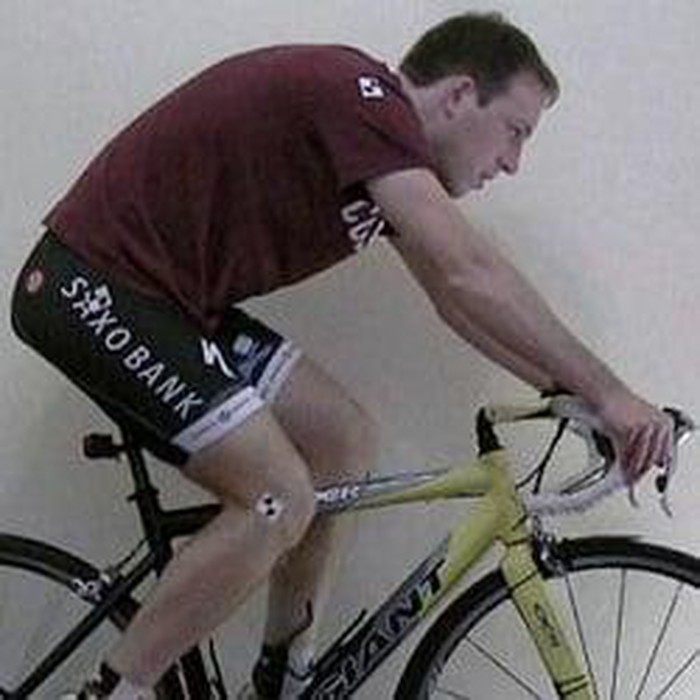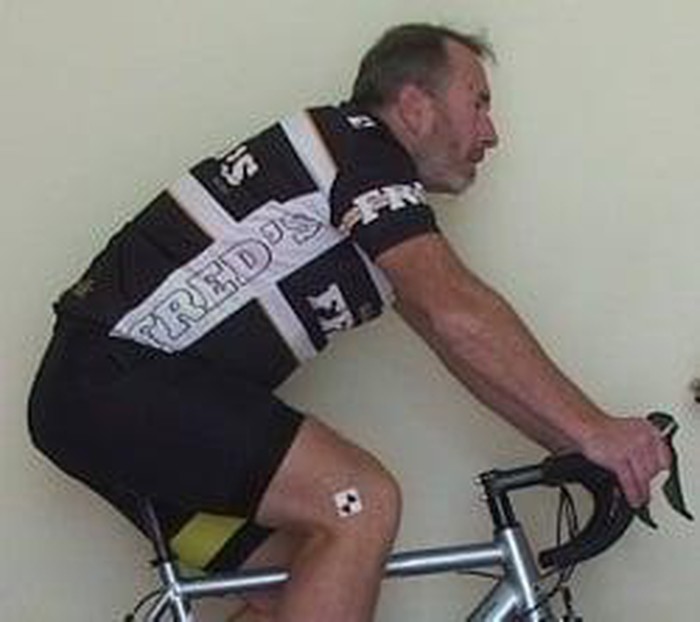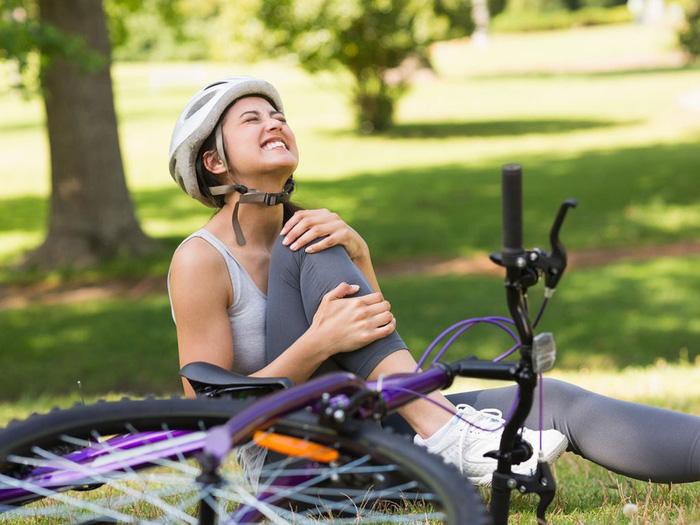Injury in sports is almost inevitable. Unlike jogging, the whole body of the rider is supported by the bike, so the person who practices this sport also has less injuries.
However, there are still unavoidable injuries. Below are 7 common injuries when cycling and how to prevent them.
1. Pain in the neck and shoulders
This is the case when the learner uses a stem (the part between the steering wheel and the frame) that is too short. This causes the entire shoulder and neck area to be forced and subjected to the full force of the upper body thus leading to shoulder and neck pain.


Using stem too short causes the shoulders and neck to be squeezed (Image: Internet)
In addition, the neck and shoulders muscles of the practitioner are often unconsciously braced when cycling, especially during heavy pedaling. Cycling with this position in a long time will affect the shoulder area, neck smoldering pain. To prevent this injury, relax your upper body when cycling every 5 to 10 minutes.
In addition, the posture of back - neck - head also affects the shoulders and neck. Beginners often bend their necks too much. This interferes with breathing and tightens the muscles in the neck and shoulders. To limit this, imagine a wire pulling on top of your head. Helping to pull the head up a bit makes the head - neck - back form a shaft and help the muscles to stretch, so that the body is more comfortable, avoiding shoulder - neck injury.
2. Back pain and lumbar region
Back pain, especially low back pain, often occurs when the bike is sitting in the wrong position. Some typical typical triggers include:
- Yen is too high, riding position is too low.
- Yen pulled too much to the back, while the pô rose too long.
- For the handlebars too low.
The reasons for this are that the cyclist has to bend the back excessively, which in turn results in more weight on your hips and waist. As with bicycle and neck injuries, the best way to avoid back pain is to adjust the bike properly. Adjusting the bike to your body can help you to pedal for 3 to 4 hours and still feel comfortable even at high speed.
3. Knee pain
The most common cause of knee pain when cycling is caused by adjusting the saddle too low or too high. Lower saddle makes the knee coincide. Saddle is adjusted too high that the right leg with continuous. The standard height of the saddle is when the foot pedales at 6 o'clock, your feet are almost straight (only slightly bent at the knees).

Knee pain is caused by inappropriate seat height (Image: Internet)
Besides, the saddle is too high can also make the hips to the sides when cycling, thereby putting pressure on the back. Therefore, you need to adjust the car then go to try many times and remember the feeling of the legs, hips, back to find the optimal position.
4. Hip pain
Too high saddle is the main reason that the hips are inverted, thus affecting the waist and hip bones. Besides, pedaling too low compared to the ability also causes the thigh muscles to work too hard. This extends to the knees being not straight when pedaling so can make the hips more vulnerable.
To prevent this injury, it is best to apply a lighter weight, increasing the pedal. However, the trainee's heart rate will increase but it also helps reduce pressure on the hips and avoid injury in the long run. Besides, it is necessary to improve the strength of the leg muscles by doing suitable gym exercises.
5. Heel pain
Applying uneven force to the foot at the pedal points can lead to heel pain when cycling. This injury occurs due to concentrated pressure in the heel, pinching nerves between the bones in the foot. This condition is common in people with a low percentage of fat in the legs because the nerves in the feet are less cushioned and less protected.
If your foot feels numb during cycling, loosen the shoelaces for better blood circulation. If the problem persists, change into a more spacious pair of shoes.
6. Injury of ankles and ankles
Inflammation may have occurred if you felt discomfort in your ankles or ankles. This may be due to overtraining, a sudden, intense workout rather than a gradual increase in intensity.
Besides, the position of the saddle and handlebars can also affect the ankles. If the saddle and handlebars are too far ahead, the rider will have to repeatedly with the foot and create a lot of pressure in the ankle joint when lifting the pedal causing injury.
To overcome this situation, you need to adjust the car to your body and increase the intensity of the workout slowly. In case of ankle or ankle pain, applying ice can help reduce inflammation. Moreover, improved diet also contributes to arthritis prevention. Tropical fruits like oranges and pineapples contain a lot of the enzyme bromelain, which helps to reduce pain and inflammation.
7. Cramps
Most new cyclists often experience cramps, whether they are cycling at the end of a race or during daily exercise. The cause of the cramp may be due to fatigue, dehydration, lack of salt, or bodily injury causing muscle cramps. An ankle injury, for example, will limit the range of movement in the joint, which can make the leg more likely to cramp.

Cramps can occur during cycling (Image: Internet)
To avoid cramps, bicyclists need to obey the following:
- - Exercise for stronger muscles.
- - Drink enough water and salt.
- - Add electrolytes such as potassium and sodium salt in the diet daily.
 Help you choise best Air Purifiers for your home
Help you choise best Air Purifiers for your home Incredible photos of the magic of motion
Incredible photos of the magic of motion When All Hope Is Lost What do you need to do ?
When All Hope Is Lost What do you need to do ? 7 Ways to End when Feeling Unappreciated
7 Ways to End when Feeling Unappreciated Proven Techniques to Set Priorities That Work
Proven Techniques to Set Priorities That Work 3 Mindfulness Techniques for Living in the Present Moment
3 Mindfulness Techniques for Living in the Present Moment